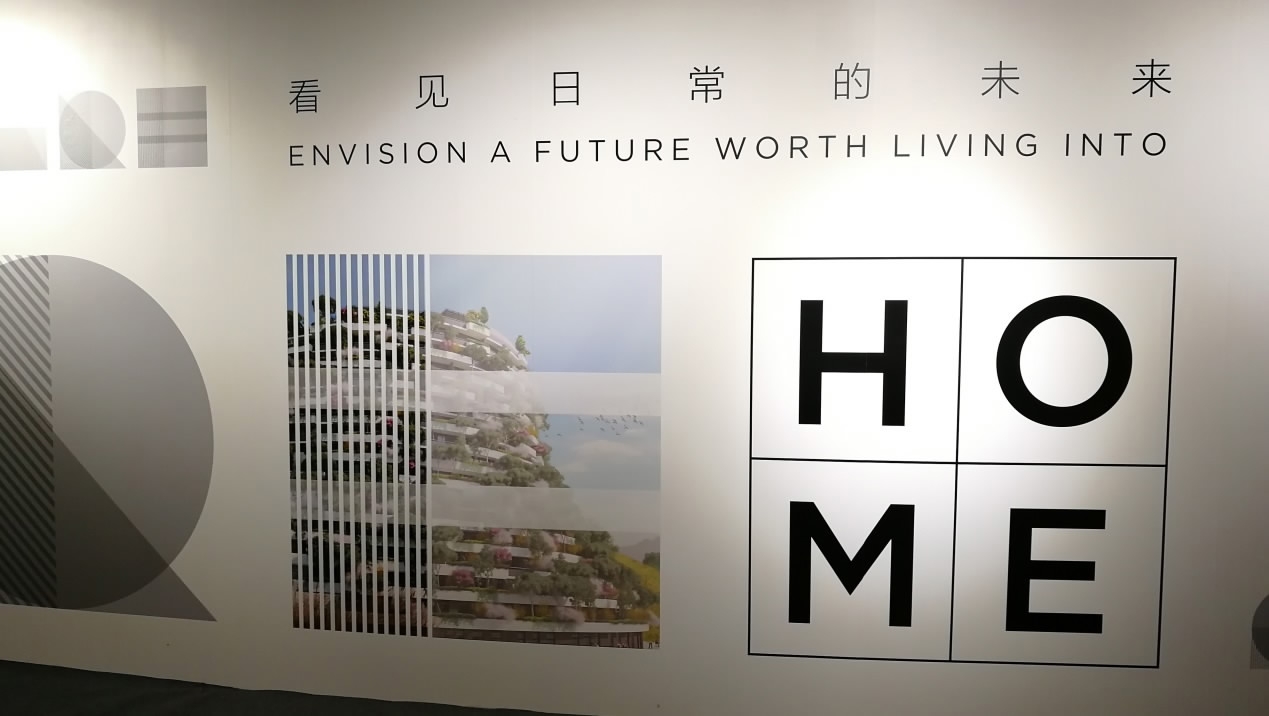
Culture
20:18, 27-Sep-2017
Sino-Italian Design Summit focuses on 'Future Home'
By Yu Fengsheng

Every year, hundreds of designers, institution representatives and academics show up at the Beijing Design Week to discuss frontier, academic and international topics in the creative culture and design industry, and to explore the integration of culture, art, technology and design.
The Sino-Italian Design Summit this year gives the audience a sneak peek into one of the best design projects.

CGTN Photo
CGTN Photo
First launched at the Milan Design Week on April 8, the Sino-Italian Design Summit is a joint initiative between Beijing Easyhome Investment Group and Stefano Boeri Architetti Studio in Milan.
Over 30 mainstream Italian designers are participating in the event.
"This is the first time we are holding such summit during Beijing Design Week, and we have made major progress in today's summit. We've made a decision to set up a business school aiming to help policymakers from both the government and financial companies to know more about the concept of design. We also reached a consensus to offer financial support to these creative projects, to encourage domestic and overseas designers to carry forward their work," said Sun Qun, deputy director of Beijing Design Week.

CGTN Photo
CGTN Photo
The summit's theme this year is "Future of Home and Community." Discussion between designers and corporate representatives from various industries revolved around the development concept and trends of a future home.
One of the most interesting projects featured during the summit is the "Vertical Forest".
Designed by Stefano Boeri Architetti Studio, this is a project for metropolitan reforestation – one that contributes to the regeneration of the environment and urban biodiversity.
The first example was realized in the center of Milan.
Making up a pair of residential towers, the Vertical Forest hosted 800 trees and 15,000 plants from a wide range of shrubs and floral plants distributed based on the sun exposure of the facade.

CGTN Photo
CGTN Photo
According to the studio, the vegetation system within the "Vertical Forest" contributes to the construction of a micro-climate, produces humidity, absorbs CO2 and dust particles and produces oxygen.
7km

SITEMAP
Copyright © 2018 CGTN. Beijing ICP prepared NO.16065310-3
Copyright © 2018 CGTN. Beijing ICP prepared NO.16065310-3